Into the Nest: A Book Review in the Time of Nesting
10,000 Birds
JUNE 2, 2015
I’m happy to say that Laura Erickson and Marie Read have written a book, Into the Nest: Intimate Views of the Courting, Parenting, and Family Lives of Familiar Birds , that is not too cute and that does not anthropomorphize. And of eggs and nests and birds on nests. Cedar Waxwings exchange berries, carry nesting material, eggs.



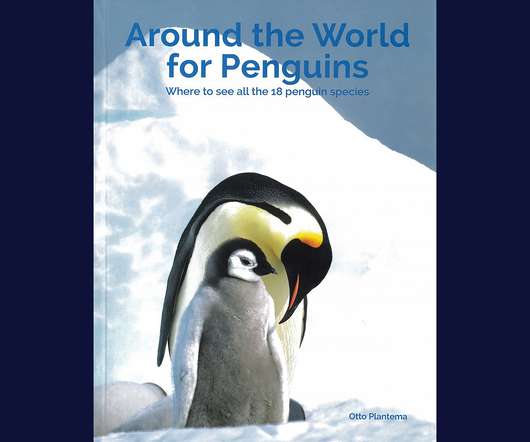
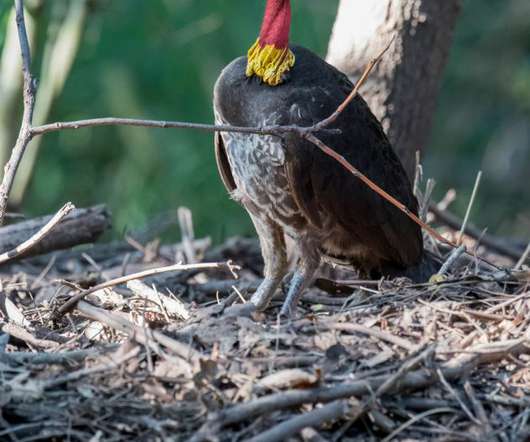
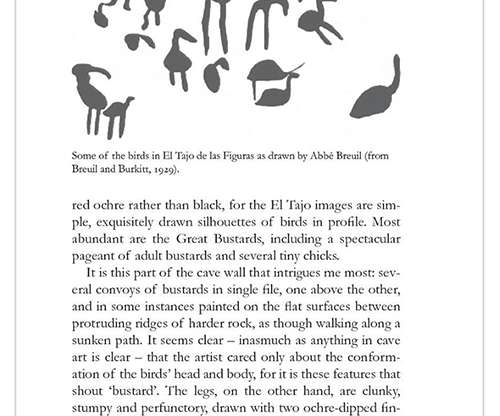




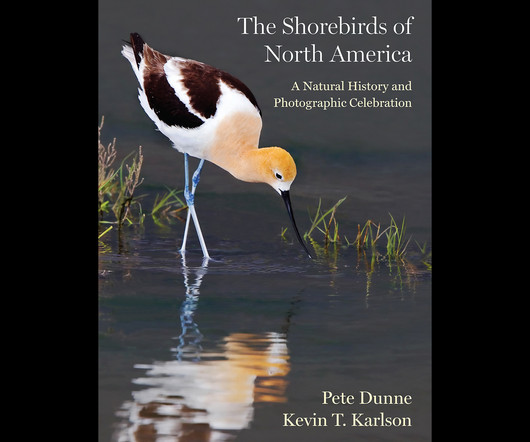
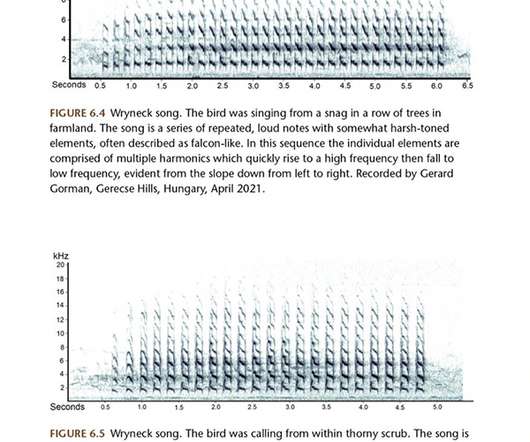
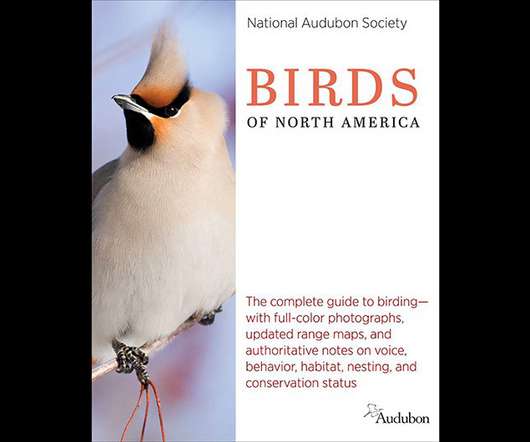



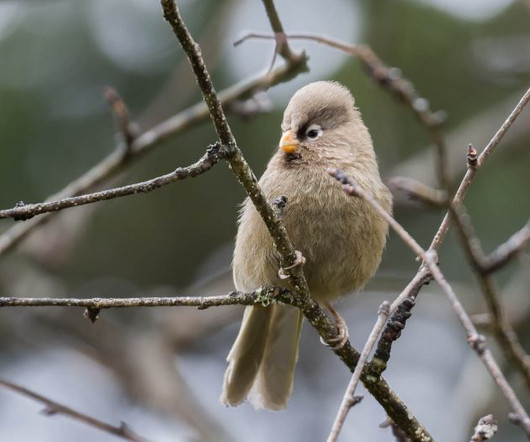









Let's personalize your content